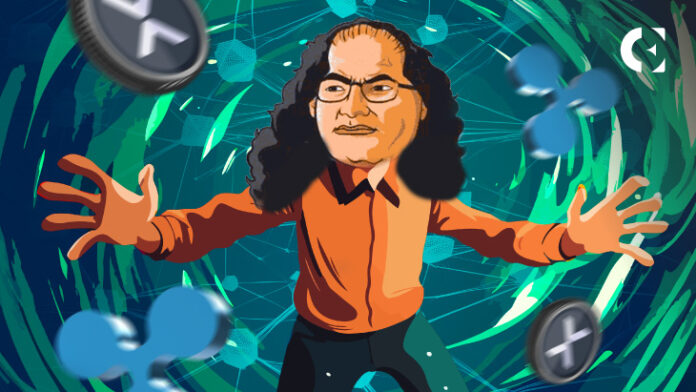- The validator advised doubling the availability of XRP from 100 to 200 billion, sparking debate locally.
- Ripple CTO David Schwartz confirmed that the decentralized nature of XRPL permits for a number of community variations.
- The proposal is only theoretical and is meant as an experiment to show the community's decentralization capabilities.
To focus on the decentralized nature of the XRP community, Vet, a validator of the XRPL, sparked discussions throughout the neighborhood by proposing a theoretical enhance within the complete provide of XRP from 100 billion to 200 billion tokens.
The controversial proposal was ultimately rejected by the trustees of the XRPL Basis (XRPLF). Regardless of this, Vet has proceeded to launch a modified model of the XRPL software program that enables node operators to run a forked model of the community.
Emphasis on decentralization and the potential for forks
Veto's proposal underscores a elementary precept of blockchain: the flexibility to divide within the face of disagreement. The validator aimed for instance that the way forward for XRP isn’t solely within the arms of Ripple or XRPLF, however is formed by the collective choices of validators, exchanges and node operators.
Ripple CTO David Schwartz weighed in on the matter and confirmed that no get together can drive a single model of XRPL on customers. “If each events are keen to separate it, you find yourself with two networks,” Schwartz famous, emphasizing the decentralized nature of blockchain.
Challenges and penalties of the fork
A member of the Darkish Horse neighborhood disputed the vet's declare, declaring that with out the approval of dUNL validators, the proposed adjustments would lead to a separate, remoted community unable to hook up with the primary XRPL.
The Vet model would really create a forked community somewhat than change the unique XRPL. Schwartz reiterated this, explaining that validators are free to decide on which code to run, and that any branching might be decided by the code adjustments they settle for.
A key takeaway from this debate is the potential for an XRP fork to create two separate networks, every with its personal model of XRP. In such a state of affairs, customers may maintain tokens on each networks, as occurred throughout the Bitcoin-Bitcoin break up. Nevertheless, the success of any fork would rely closely on the acceptance of the trade and the willingness of the broader neighborhood to assist the brand new community.
The dialogue additionally touched on the problem of naming rights. Ripple CTO Schwartz famous that the XRPL Basis holds the “XRP” trademark, that means it may problem any inappropriate use of the identify by the fork chain.
Disclaimer: The data supplied on this article is for informational and academic functions solely. This text doesn’t represent monetary recommendation or recommendation of any type. Coin Version shall not be chargeable for any losses incurred because of the usage of stated content material, services or products. Readers are suggested to train warning earlier than taking any motion associated to the Firm.
